7 ways I’ve kept warm without turning the heat on
I’ve resisted turning the heat on so far — here’s how
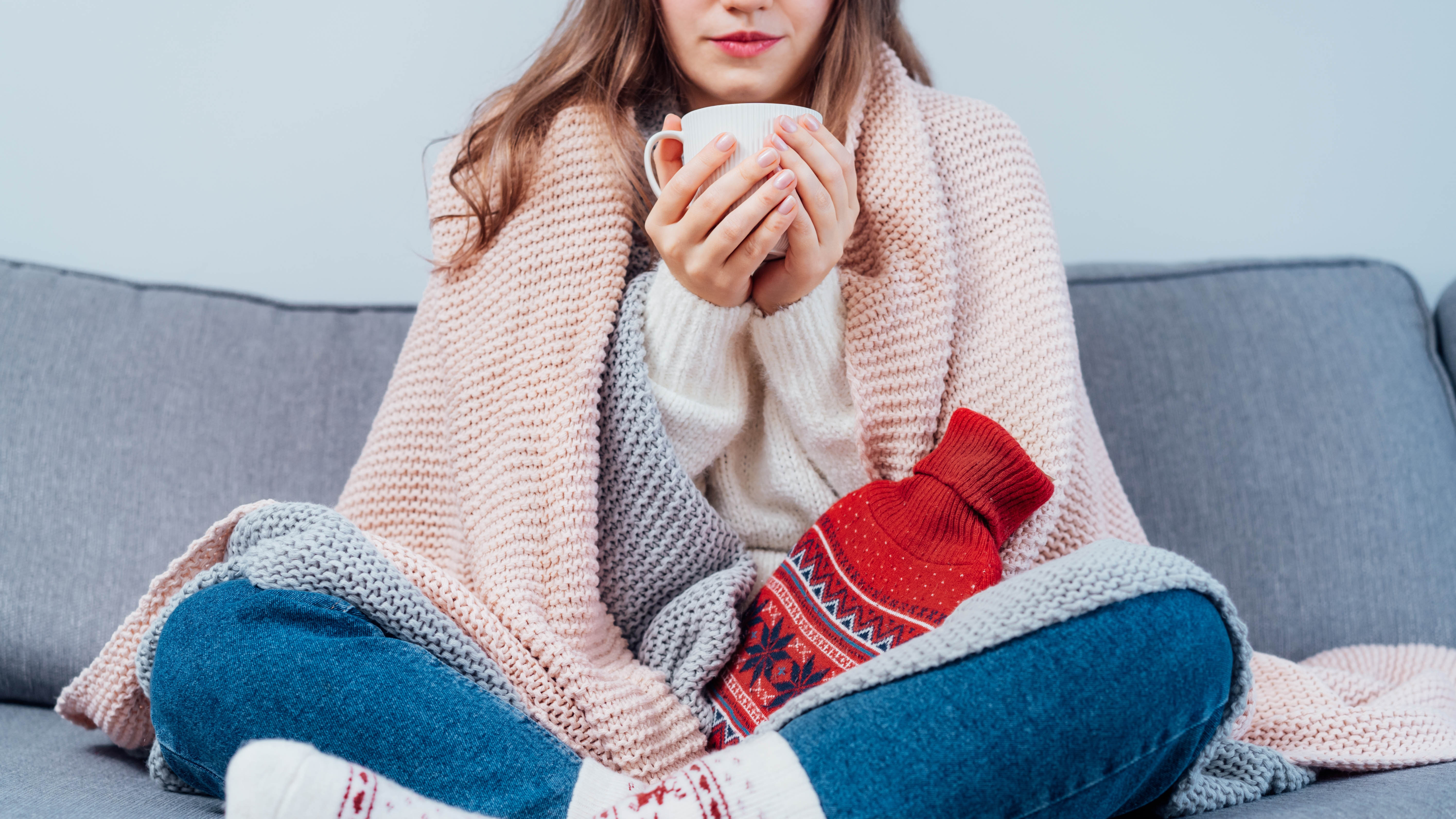
December is here and with it comes the cold snaps and freezing temperatures. The trouble is, with energy prices as high as ever, turning the heating on seems like a last resort, even if you’ve got one of the best smart thermostats. But, what can you do as the days get shorter and your home gets ever colder?
To keep my bills at a minimum, I’ve taken on the challenge to keep the heat off for as long as possible. I’ve made a few small changes to accomplish this and I’m pleased to say that, so far, I’ve managed to avoid touching the thermostat. So if you want to reduce your energy bill this winter, feel free to follow in my slippered footsteps. Here are 7 ways I’ve kept warm without turning the heat on.
Be sure to also check out how to save money on your heating bills this winter, 5 tips to keep your house warm without turning up the thermostat, 5 ways to get the most out of your radiators and 5 reasons you should stop sleeping with the heat up at night.
1. Layering up
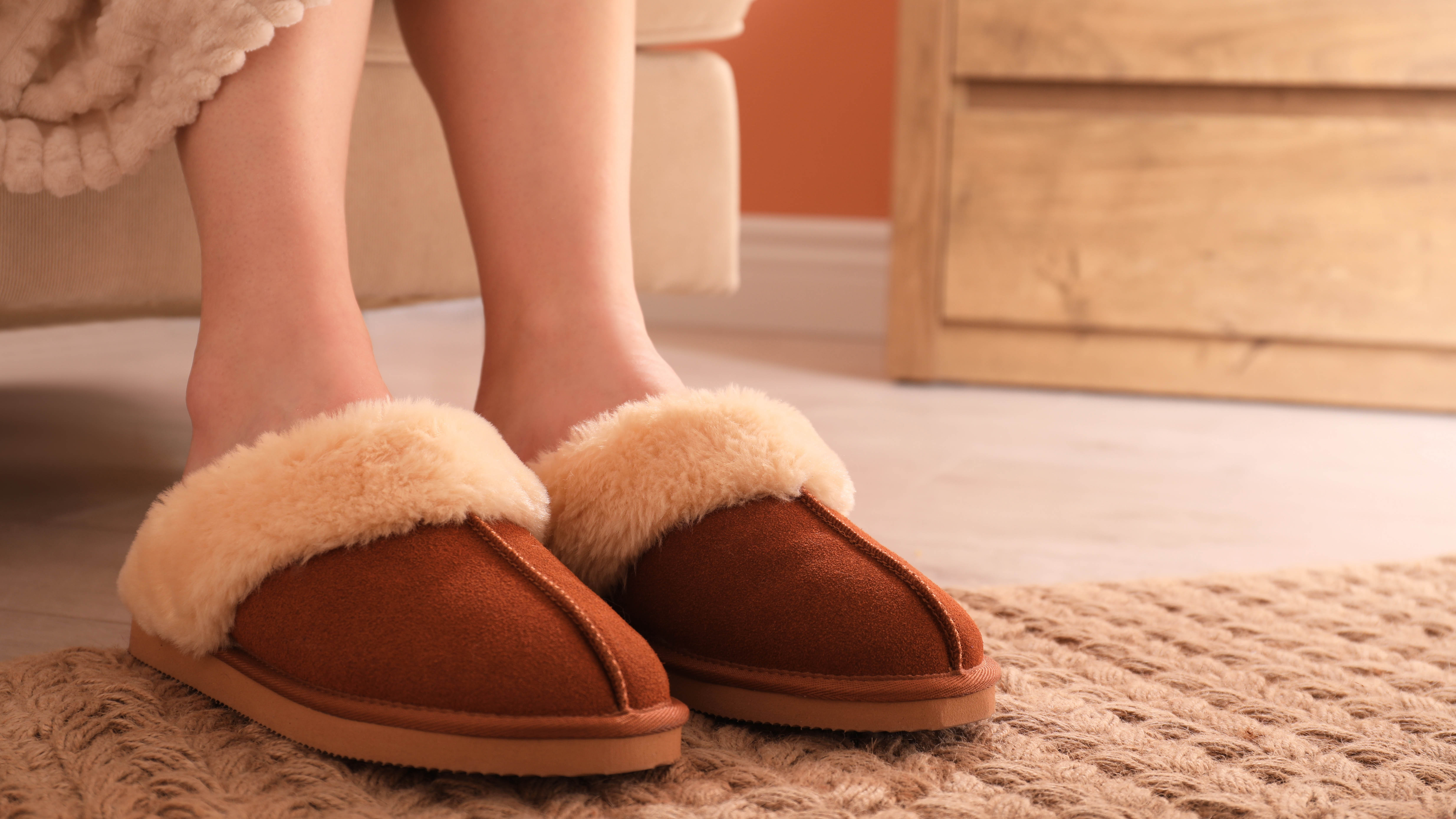
Of course, layering up is the first thing you should do as the temperature starts to drop. After all, why would you pay to heat the whole house when throwing on a sweater can achieve the same result?
I wear a couple of layers during the day to keep myself adequately warm, along with thick socks and comfy slippers — my feet always seem to feel the cold the most, and slippers don’t make the tiled bathroom floors seem so intimidating.
I’ve been quite selective of the fabrics I’m wearing as well. Wool and fleece are ideal if you’re really cold. But, when it comes to the basics, opt for polycotton over cotton; this material retains heat better.
2. Blankets galore

If you take a moment to sit down or lie down, your body will soon start to feel cold. This is because your blood isn't circulating as effectively. At this point, when you’re all snuggled up watching TV, it’s all too tempting to flick the heat on. But, before you hit the switch, I’d recommend trying out a strategically placed blanket instead.
Get instant access to breaking news, the hottest reviews, great deals and helpful tips.
I’ve got blankets ready and waiting in each spot I tend to frequent. There’s one on the couch and one next to the bed, should I get a bit chilly, but not want to climb under the full covers just yet. If I feel the cold while working in my home office, one of these blankets on the lap can make quite a difference, although you need to be careful not to run over it with the best office chairs.
Make sure you consider the fabric and weave when you buy a blanket — an open weave won’t keep you as warm. If you struggle from anxiety, one of the best weighted blankets can offer the best of both worlds.
If you need even more heat, a well placed hot water bottle or microwavable teddy, such as this Marshmallow Bear from Warmies ($24.35, Amazon) can also help.
3. Take advantage of excess heat
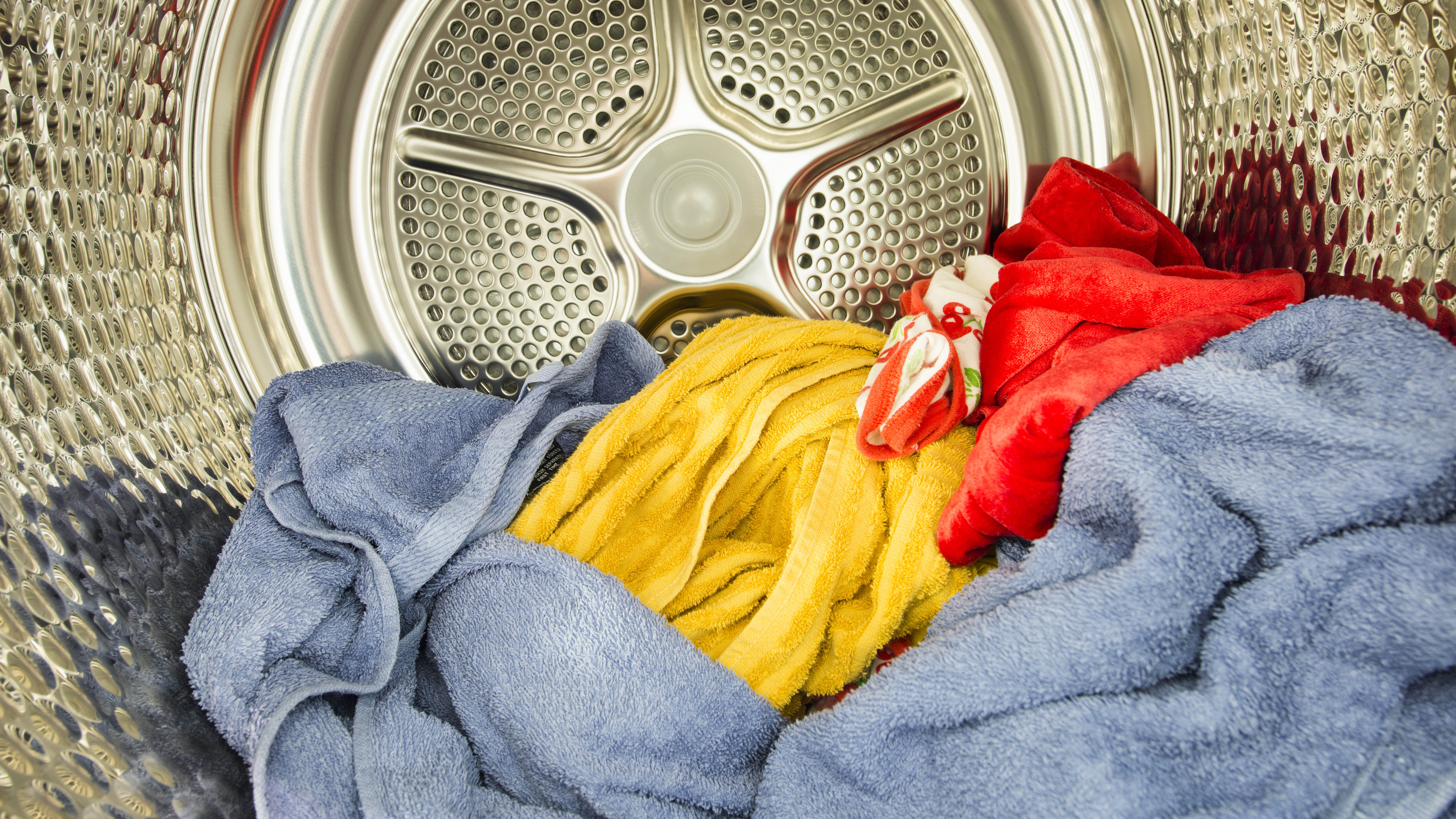
We've got appliances generating heat around the home which just vents away, so why not take advantage of it?
I took this theory and applied it where I could — once the shower had been used or the clothes dryer had ended its cycle, the doors were left open to introduce more heat. Of course, in these cases, I had to vent the moisture away, otherwise it could encourage mold and mildew.
I would recommend using one of the best dehumidifiers to do this, rather than opening a window, as you would lose a lot of the heat you’ve built up otherwise.
4. Exercising and moving regularly
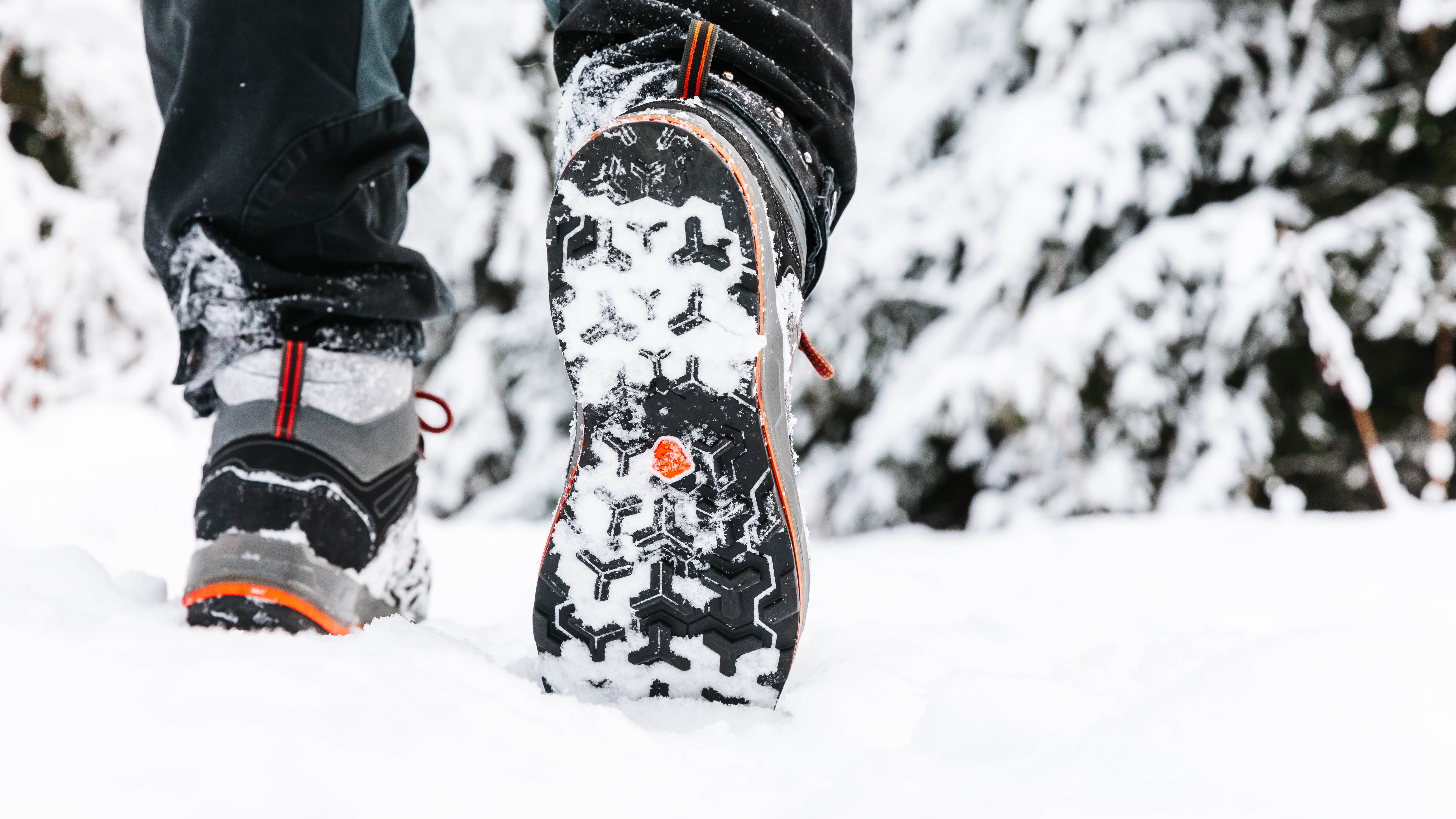
As mentioned earlier, if you stay still for too long, you will feel the cold a lot more. That’s why I got into the habit of getting up and moving around every 30 minutes or so, or at least whenever I started to feel chilly. In doing this, my body naturally felt warmer, particularly in the hands and feet. And, when working, it made me feel more refreshed when I returned to my computer as well.
I also made sure to use my Peloton Bike on days when I was working from home, to get the blood flowing again. Plus, going for a walk outside really helped reset my internal thermostat when necessary — once you’ve done this, you realize how warm your home actually is.
5. Switching up my comforter
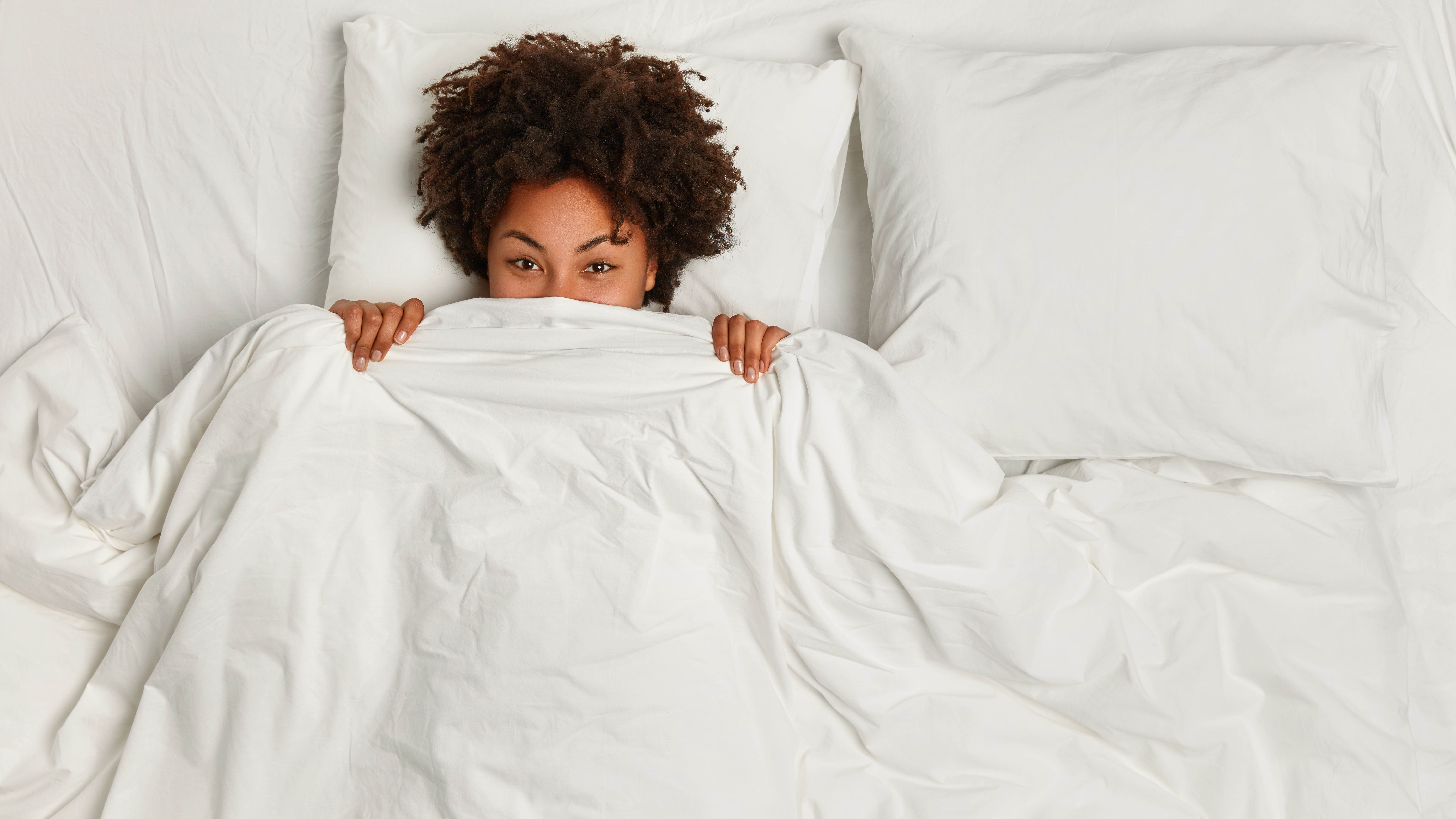
I admittedly haven’t taken this step yet, but I’m prepared to do so, with my winter comforter ready and waiting. Some of the best comforters are thinner and designed for summer use, while others are thicker and are intended for the colder months. Some also claim they can be used all year around. Take a look at the quality and thickness of your comforter and decide if you’d be better off switching it out for the winter. For instance, this Royoliving Premium Heavyweight Greyduck Feathers Down Comforter ($159, Amazon) looks particularly cosy.
Consider the fill power of your comforter — the higher this is, the warmer your comforter will be. We generally recommend sticking to 600 or higher for winter use. You can opt for a different filling as well; down is generally warmer than feathers, both of which insulate better than synthetic options.
6. Hot drinks on demand

Never have I been more grateful for owning one of the best electric kettles. I pour myself a hot cup of tea whenever things get chilly. Not only does this make me feel warmer on the whole, it keeps my hands toasty as it cools in the mug.
I also have one of the best espresso machines as well as a Hotel Chocolat Velvetiser on standby, should I want to switch out my tea for a coffee or hot chocolate. I try to make sure most meals are warm as well, opting for a hot dish or soup over a cold salad. My fridge door remains closed for the most part these days.
7. Keeping the doors closed
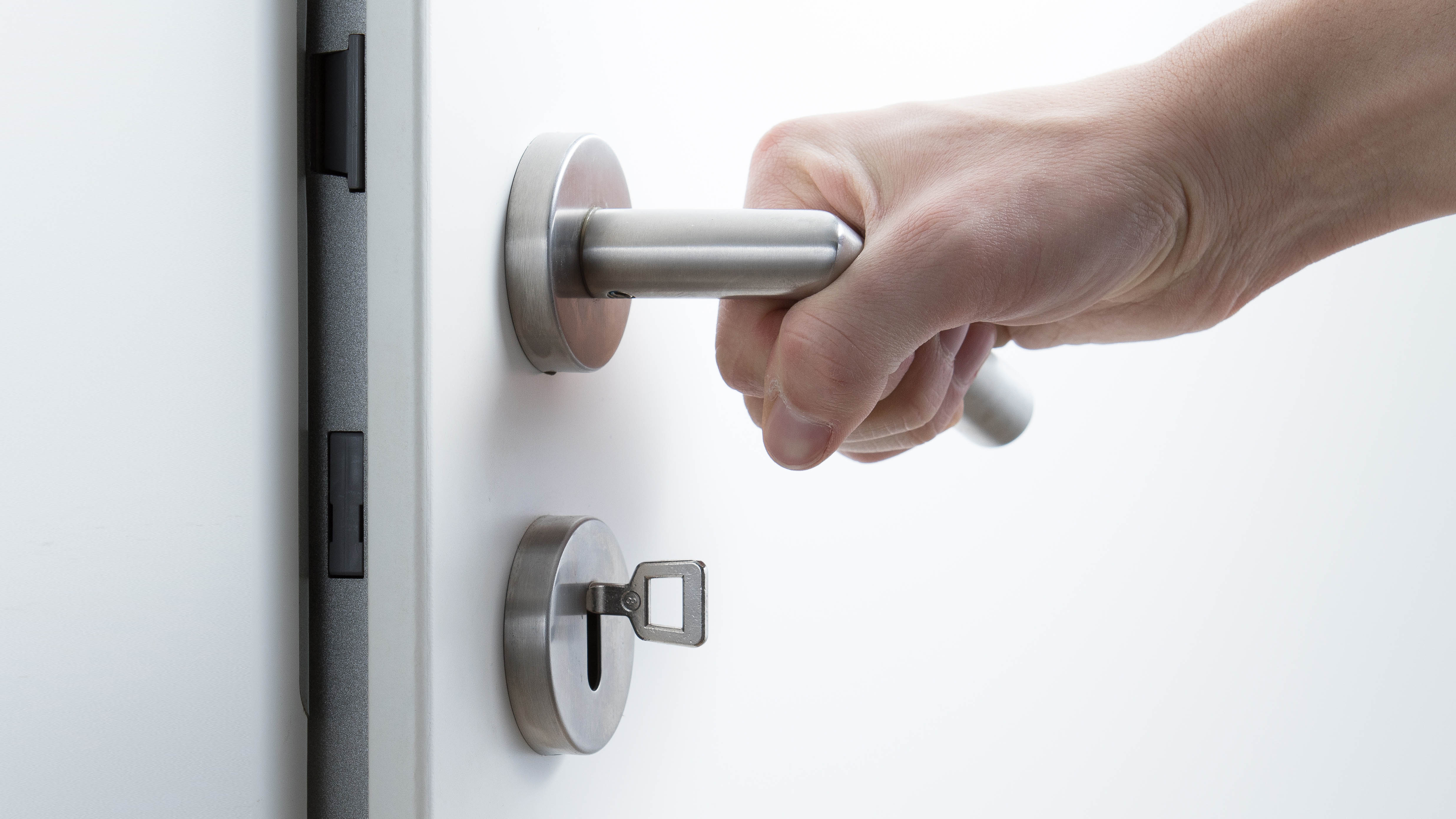
We want to retain any heat we manage to generate. And the best way to do this is by closing the doors between the rooms. By keeping the heat within a smaller space with less windows, it would have more of an impact on the temperature with less chance to escape. Any rooms which have walls exposed to the outside are also more likely to lose heat, so we keep those doors closed and stick to the better insulated rooms.
We also take advantage of our curtains and blinds as well. Heat is easily lost through the windows, even when they’re closed. By closing our thick curtains over the windows, we are essentially better insulating the room. Blinds work for this as well, although they’re not quite as effective as curtains. Just remember to open them again when the sun hits, so you can warm up the room for free.
If you're looking to reduce your bills in other ways, check out these 15 water saving tips too. And we've got 7 things to know before buying solar panels if you're mulling over that change to your home. Plus, did you know that this is the cheapest time to do your laundry? Also, what is an Energy Star rating and how can it save you money?

Katie Mortram used to be a Homes Editor for Tom's Guide, where she oversaw everything from kitchen appliances to gardening tools, as well as smart home tech. Specializing in providing expert advice for cleaning and home manintenance, she now works as Household Advice Editor for Good Housekeeping.
